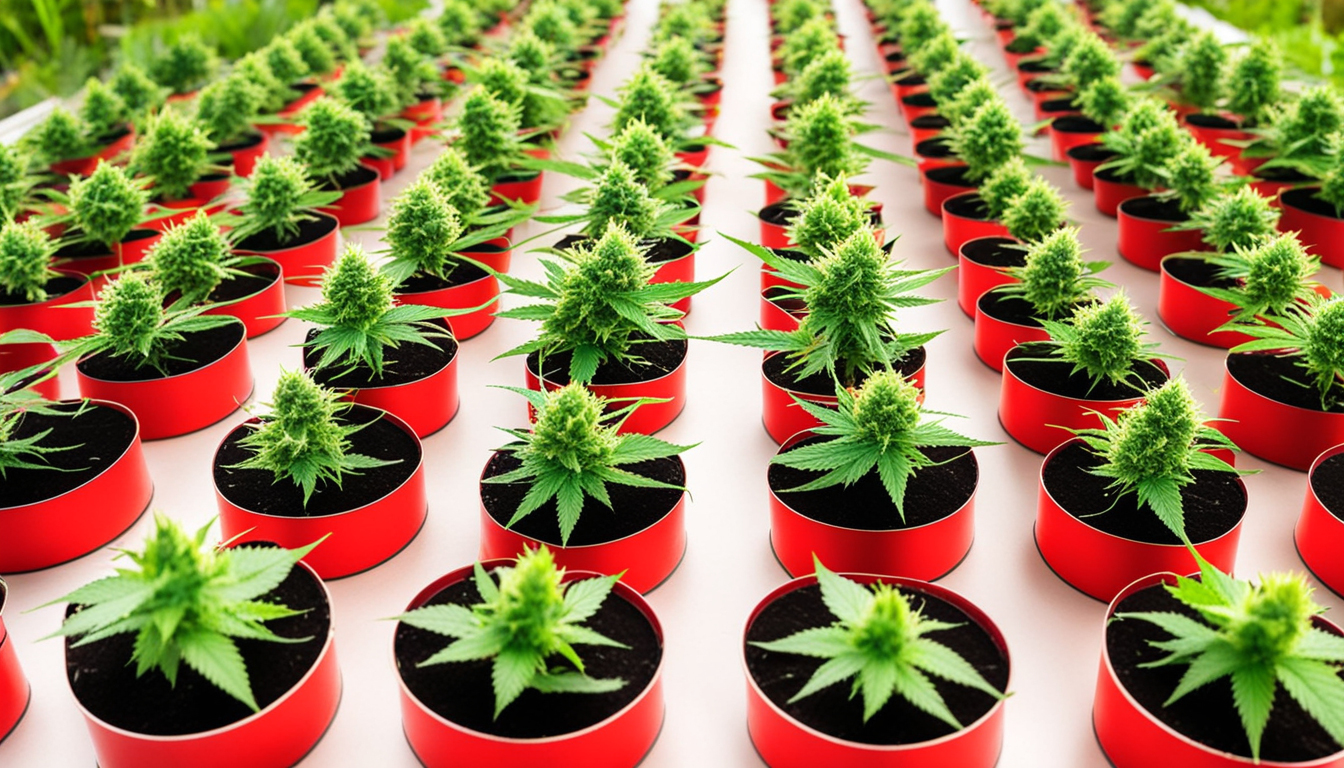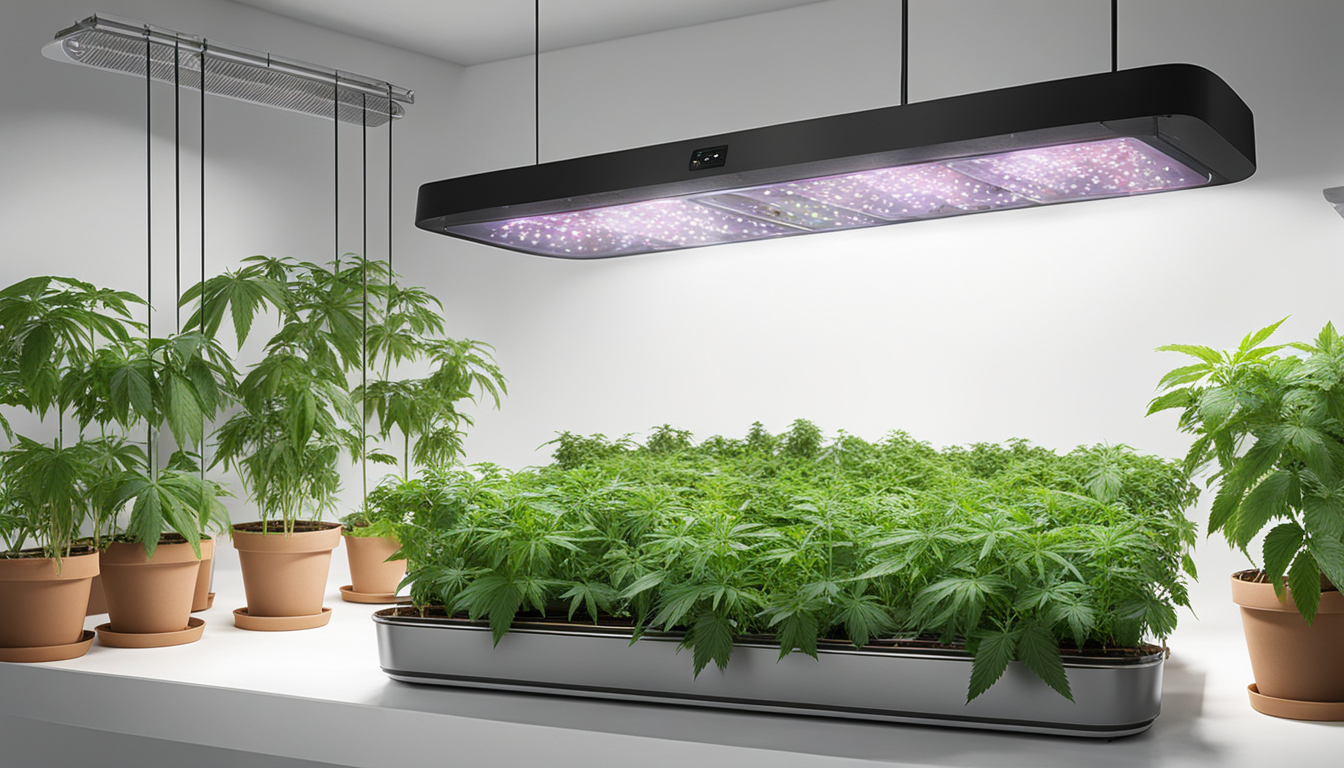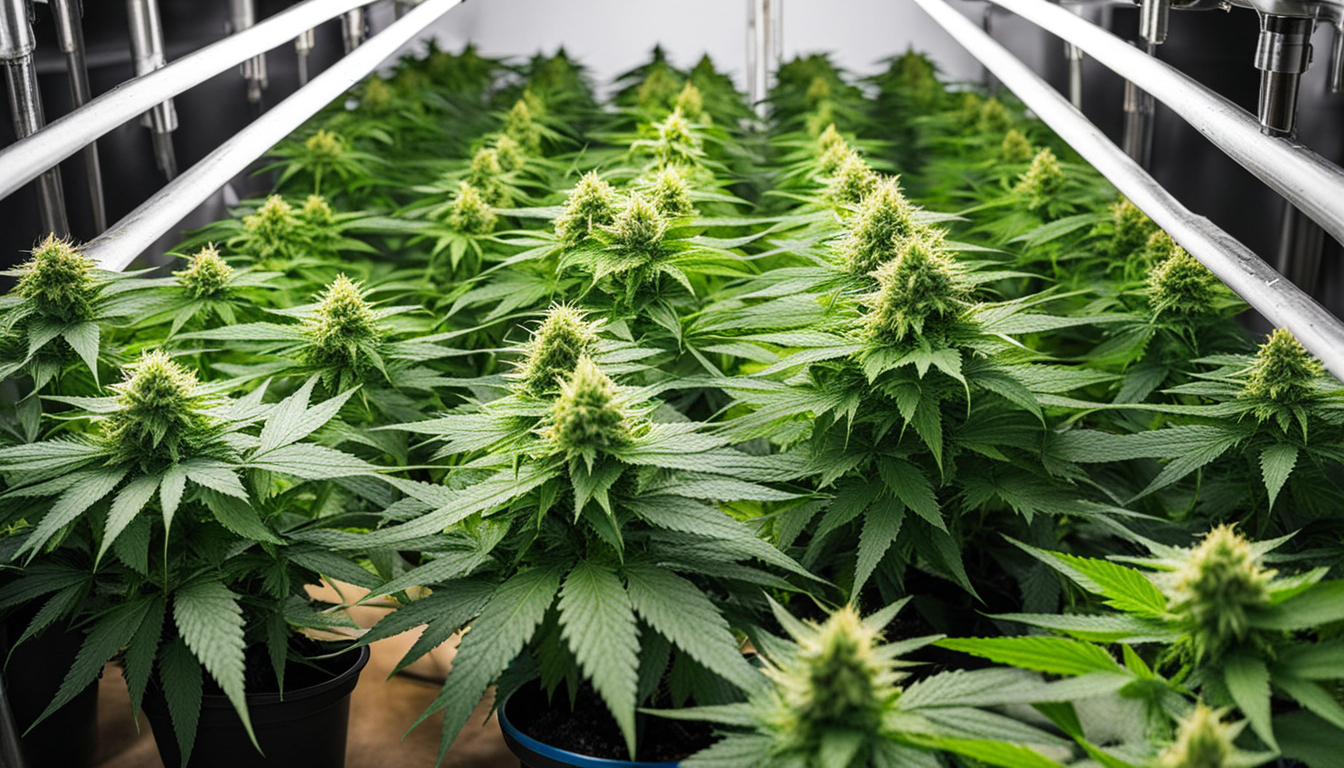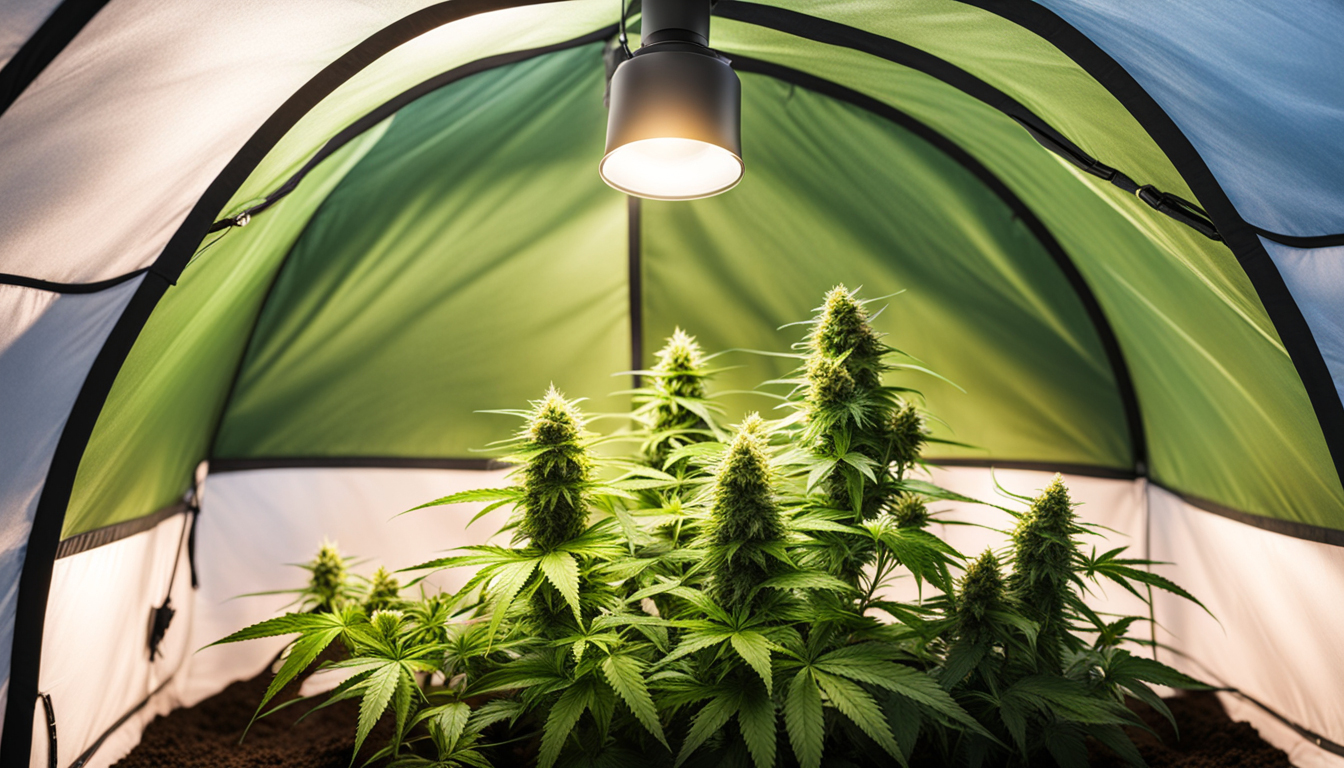
Whether you're beginning cannabis growing or looking to improve your existing crop, following this complete guide will help you produce bountiful, high-quality yields right at home. With the right equipment, techniques, and attention, cultivating pot indoors can be an extremely satisfying and cost-effective endeavor.
Choosing Pot Strains
The first step in planning your indoor grow is selecting the right marijuana cultivars to produce. The three main types of cannabis plants each have their own characteristics.
Sativas
Known for their invigorating cerebral effects, sativas spread tall and slender with narrow leaves. They flourish in warmer equatorial climates and have a longer flowering time between 2.5-3 months indoors. Top energizing varieties include Sour Diesel, Durban Poison, and Jack Herer.
Indicas
Indicas provide relaxing full-body effects and grow short and bushy with wide leaves. Accustomed to cooler mountain climates, they flower faster within 2-2.25 months. Popular relaxing varieties include Granddaddy Purple, Northern Lights, and Bubba Kush.
Hybrids
Hybrid strains mix traits from both energizing strains and relaxing strains. They offer blended effects and have medium blooming times around 2.25-2.5 months. Popular mixes are OG Kush, Girl Scout Cookies, and Blue Dream.

Setting Up Your Grow Space
Marijuana plants need the right controlled environment to thrive. Key factors for indoor cultivations are lights, ventilation, layout, and finding the ideal discreet spot.
Location
Choose an unused space with easy access to irrigation and power outlets. An empty extra bedroom, unused closet, corner of the basement, or grow tent locked away in a garage all make great stealthy cultivation room spots.
Lights
Marijuana requires strong light for all growth stages. LEDs are energy-efficient and come in broad spectrum options replicating real outdoor light. Cover 250-400 watts per sq. ft for the growth stage and 20-40 watts per square foot for bloom.
Airflow
Proper airflow and exhaust systems keep ideal temp, humidity, and pure CO2 levels. Set up quiet 10-15 cm blowers or scrubbers to circulate stale air and reduce smells.
Layout
Maximize your space by arranging plants carefully under the lamps and leaving room to access and work around them. Set up distinct zones for vegetation, flowering, curing, and propagation.

Cultivation Mediums
Pot can be cultivated in various mediums, each with benefits and cons. Pick a suitable option for your particular setup and growing style.
Soil
The traditional substrate, soil is inexpensive and simple for beginners. It provides great taste but requires more irrigation and fertilizing to feed plants. Amend soil with perlite or coir to improve aeration.
Coco Coir
Made from coconut husks, reusable coconut fiber holds water but still allows air to the roots. It's more sterile and more predictable than soil. Use coir-specific nutrients to prevent calcium buildup.
Water systems
In hydro systems, plant roots develop directly in nutrient water solution. This enables quick development but needs careful monitoring of water properties. Deep water culture and irrigation systems are popular techniques.
Sprouting Seeds
Germination prepares your marijuana seeds to start sprouting radicles. This prepares them for transplanting into their cultivation medium.
Paper Towel Method
Put seeds between damp paper towel and keep them moist. Inspect after 2-7 days for emerging radicles indicating germination is complete.
Planting directly
Plant seeds directly into wetted cultivation medium 1⁄4 inch deep. Gently water and wait 7-14 days until seedlings break through the surface.
Cubic rockwool
Soak rockwool cubes in pH-adjusted water. Insert seeds 1⁄4 inch deep into the cubes. Keep cubes wet until seedlings appear within 1-14 days.
Transplanting Young plants
Once germinated, cannabis young plants need to be repotted to avoid overcrowding. Move them into proper sized pots.
Preparing Containers
Load large containers with cultivation medium amended with slow-release fertilizer. Let containers to soak up water for 8-12 hours before transplanting.
Gently repotting
Carefully separate seedling roots from sprouting medium using a spoon. Place into pre-soaked container at equal depth as before and gently water in.
Vegetative Stage
The growth stage promotes foliage and plant structure through 3/4 to full day of daily lighting intensity. This stage usually Contact Us Today lasts 4-8 weeks.
Using 3/4 to full day of Light
Use grow lights on a 24 daily schedule or natural sunlight to trigger constant growth. Light intensity influences size and node distance.
Fertilizing
Use vegetative stage nutrients richer in nitrogen. Make sure pH stays around 5.8-6.3 for proper nutrient uptake. Fertilize 1⁄4 to 1⁄2 concentration after 2 weeks and increase slowly.
LST and topping
Fimming, LST, and scrogging manipulate growth patterns for flat foliage. This increases yields.

Bloom Stage
The blooming stage grows buds as plants show their sex under a 12/12 cycle timing. It lasts 8-12 weeks depending on strain.
Changing Light Schedule
Switch lamps to 12 hours on, 12 hours off or move outdoors for natural 12/12 timing. This signals plants to begin blooming.
Flushing
Leaching flushes out fertilizer residuals to improve taste. Fertilize weakly the first period Learn More then just use plain water the final 2 weeks.
Flushing
Maintain 12 hour photoperiod but leach using neutral pH water only. Return to plain watering if buds aren't mature after two weeks.
Reaping
Recognizing when weed is fully ripe delivers peak cannabinoid content and aroma. Harvest plants at optimal ripeness.
Identifying Ripeness
Look for fading pistils, swelling calyxes, and 5-15% amber trichomes. Check buds across the plant as they won't all mature evenly.
Harvesting plants
Use sterilized, razor-sharp trimming scissors to gently cut each plant at the base. Leave several inches of stem attached.
Curing
Suspend whole plants or branches upside down in a dark room with moderate temp and humidity around 50-60% for 1-2 weeks.
Curing
Curing keeps desiccating while aging the buds like fine wine. This technique smooths harshness and further develops cannabinoid and terpene profiles.
Curing containers
Manicure cured buds from branches and store into glass jars, filling about 3⁄4 full. Use a sensor to monitor container humidity.
Burping Daily
Open containers for a short time each day to slowly lower humidity. Rehydrate buds if RH drops below 55%.
Final Cure
After 14-21 days when humidity stabilizes around 55-65%, perform a last trim and keep forever in sealed jars.
Troubleshooting
Even experienced growers run into different weed plant problems. Detect issues soon and fix them properly to keep a vibrant garden.
Nutrient Deficiencies
Chlorosis often indicate inadequate nitrogen. Purpling stems and leaves signal low phosphorus. Check pH and boost nutrients gradually.
Bugs
Thrips, aphids, fungus gnats, thrips, and nematodes are frequent cannabis pests. Use organic sprays, ladybugs, and sticky traps for organic control.
Mold
Excessive humidity encourages botrytis and bud rot. Increase airflow and venting while lowering RH below Contact Us Today 50% during flowering.

Conclusion
With this complete indoor cannabis growing guide, you now have the knowledge to cultivate bountiful strong buds for personal grows. Follow these techniques and methods throughout the germination, growth, and bloom stages. Invest in quality gear and closely monitor your plants. In time, you'll be rewarded with sticky fragrant buds you grew yourself under the patient guidance of your green hands. Good luck cultivating!